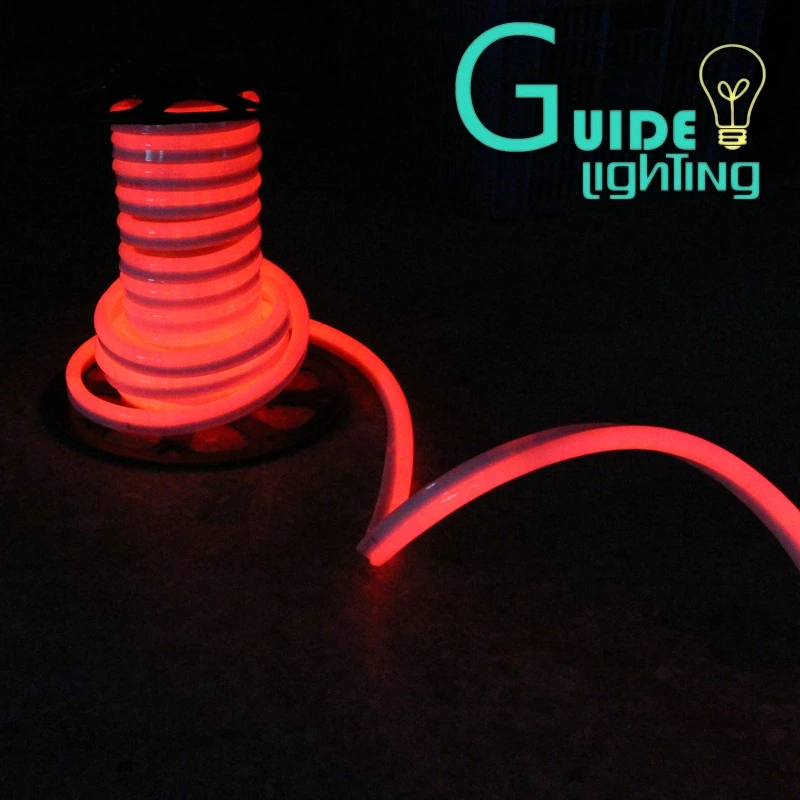

After the Battle of Buxar of 1764, it gained administrative rights over Bengal, Bihar and the Midnapur part of Odisha.

During the Battle of Plassey, the East India Company's Indian Army defeated Siraj ud-Daulah, the Nawab of Bengal, and the company established itself as a major player in Indian affairs. The decline of the Mughal Empire in the first half of the eighteenth century allowed the British to establish a foothold in Indian politics. Over the next two centuries, the British defeated the Portuguese and Dutch but remained in conflict with the French. Just over a century later, the Dutch and English established trading outposts on the Indian subcontinent, with the first English trading post set up at Surat in 1613. The first European to reach India was the Portuguese explorer Vasco da Gama, who reached Calicut in 1498 in search of spice. Main articles: Colonial India, East India Company, Company rule in India, and British Raj

7.3 1st Christmas Day and 2nd Christmas Day plot.In 1971, East Pakistan declared its own independence as Bangladesh. Pakistan remained a dominion until 1956 when it adopted its first constitution. India remained a Crown Dominion until 26 January 1950, when the Constitution of India established the Republic of India. It culminated in the Indian Independence Act 1947, which ended suzerainty in India and created Pakistan.

After the 1930s, the movement took on a strong socialist orientation. Essentially anti-colonial, it was supplemented by visions of independent, economic development with a secular, democratic, republican, and civil-libertarian political structure. The Indian independence movement was in constant ideological evolution. Meanwhile, Bhagat Singh, Shivaram Rajguru, Sukhdev Thapar, and Chandra Shekhar Azad assassinated key British officers, and bombed Government buildings. Bose famously allied himself with the Axis powers and formed the Azad Hind. Frustrated by perceived Congress inaction, revolutionaries such as Bhagat Singh, Shivaram Rajguru, Sukhdev Thapar, Chandra Shekhar Azad, and Subhas Chandra Bose resorted to violent means. The Act sparked protests across India, especially in Punjab Province (British India) where they were violently suppressed in the Jallianwala Bagh massacre. This became especially popular after the Rowlatt Act, which permitted indefinite detention. Some leaders followed a more violent approach. Ambedkar championed the cause of the disadvantaged sections of Indian society. Female leaders like Sarojini Naidu, Pritilata Waddedar, and Kasturba Gandhi promoted the emancipation of Indian women and their participation in the freedom struggle. Intellectuals such as Rabindranath Tagore, Subramania Bharati, and Bankim Chandra Chattopadhyay spread patriotic awareness. The last stages of the self-rule struggle from the 1920s was characterized by Congress' adoption of Gandhi's policy of non-violence and civil disobedience. The first half of the 20th century saw a more radical approach towards self-rule by the Lal Bal Pal triumvirate, Aurobindo Ghosh and V. It later took root in the newly formed Indian National Congress with prominent moderate leaders seeking the right to appear for Indian Civil Service examinations in British India, as well as more economic rights for natives. The first nationalistic revolutionary movement for Indian independence emerged from Bengal. The Indian independence movement was a series of historic events with the ultimate aim of ending British rule in India.


 0 kommentar(er)
0 kommentar(er)
